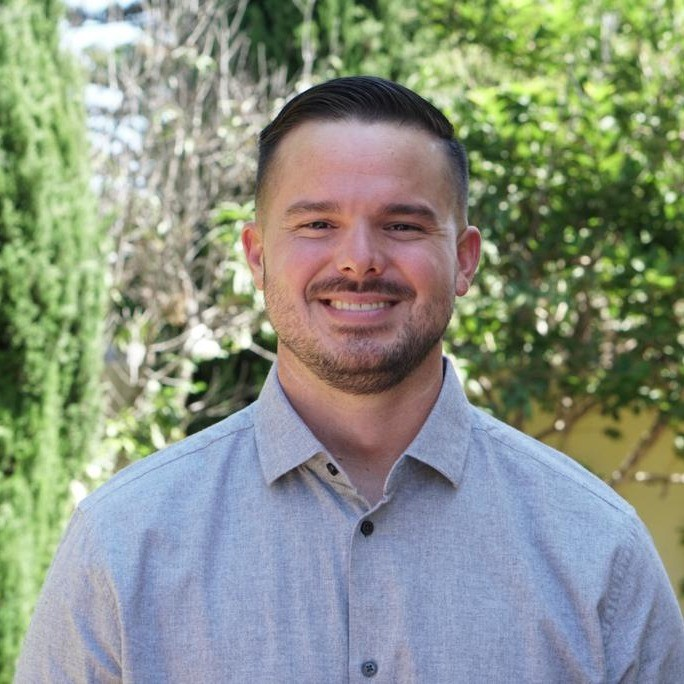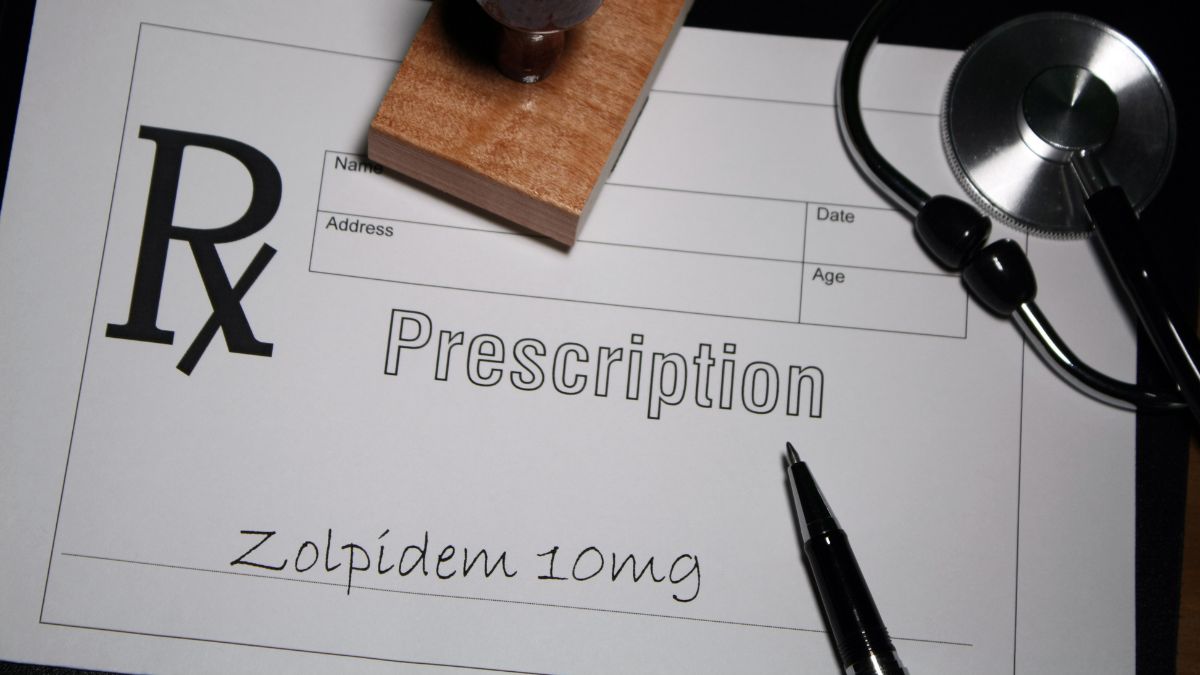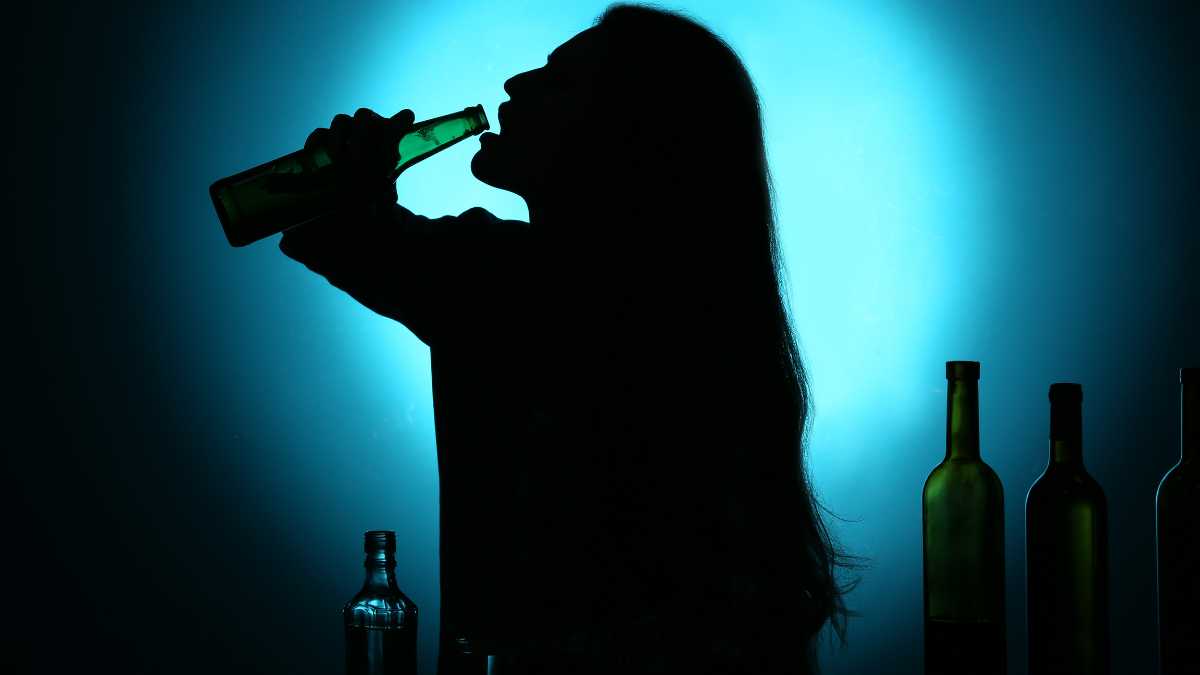Individuals who try to get sober on their own are likely to relapse. Even after successfully withdrawing from drugs and alcohol and eliminating the physical dependence, addictive cravings generally remain — or even get stronger. With the help of a sober living home, however, individuals can begin to develop the skills and coping tools they need in order not only to get sober, but to stay sober. Moreover, residents of sober living homes work to rebuild their lives. This can mean cultivating new values and communication skills, beginning new careers, and developing fulfilling new relationships. With each passing day, the recovery process offers new gifts.
Addiction recovery is an ongoing process. Sober living houses are filled with people who are at all stages of the recovery journey. Many people remain at sober living houses for a year, or even sometimes longer, offering support to new residents who are struggling in early sobriety. For those just entering a sober living home, it is common to ask, “What do the stages of recovery look like?” How is life different after 30 days of sobriety, or after 6 months of sobriety? While experiences differ widely from person to person, the progression is similar for many people.
After 30 Days of Sobriety
The first 30 days of sobriety are generally the most difficult. During this time, your body will be adapting to life without substances; this can mean experiencing withdrawal symptoms. As a result, you may feel sick, anxious, or tired a lot of the time. But the first 30 days of sobriety are difficult for other reasons too. After years of active substance abuse, it is common for people in early sobriety to feel a sense of loss. In many ways it feels like mourning. Even if your relationship with drugs and alcohol was an abusive one, it still was an important relationship! During the first 30 days, you might have a nagging sense that “something is missing.”
During this time, you will begin to feel things again. The first 30 days of sobriety are often a whirlwind of emotions: you may laugh, cry, feel extremely energetic or very lethargic, feel intense animosity or love — you’ll feel it all. The roller coaster of feelings can at times be overwhelming. Keep in mind, though, that it is a sign of recovery. Since you are no longer numbing your feelings with drugs and alcohol, your emotions and sensitivities are coming back to life. In other words, you’re becoming you again.
As you emerge from the fog, keep in mind that the intensity of the feelings you’re experiencing will gradually lift. If you are overwhelmed, it may be tempting to revert to old habits to numb yourself. It is important to take things slowly and make use of recovery resources. If you are feeling lost or confused, chat with another resident of your sober living house who is going through the same thing — you’re likely not alone in your experience.
Post-Acute Withdrawal in Early Recovery
After the first week of quitting drugs and alcohol, most people are finished with the majority of withdrawal symptoms. Some substances, such as benzodiazepines, have withdrawal periods that are somewhat longer, but in almost all cases acute withdrawal symptoms will cease by the end of the first week. Nonetheless, it deserves to be mentioned that a small fraction of people experience what is known as post-acute withdrawal syndrome, or PAWS.
Post-acute withdrawal syndrome causes people to experience withdrawal symptoms far longer than is normal, often for several months or a year. In most cases, the symptoms are not serious — but they can be disheartening if you’re trying to get sober. In most cases, these symptoms will disappear with time. By continuing to make use of the social support systems and recovery resources offered by sober livings, you can find ways of coping with the symptoms of PAWS.
Call Design for Recovery to Begin Your Healing Journey!
Reach out to our team to discuss sober living options and next steps toward a healthier routine.
After 3 Months of Sobriety
When people get 90 days sober, they can celebrate yet another milestone. By this point, you will likely feel far calmer than before. It is normal, however, to experience occasional feelings of depression, guilt, or shame. This is because you are no longer dealing with the immediate pains associated with withdrawal symptoms or quitting drugs and alcohol. Instead, you are suddenly facing your life with a clear head. Unfortunately, the life people find themselves facing after years of active substance abuse is often not what they imagined or hoped it would be.
During your first three months of sobriety, you will begin to learn healthier ways of coping with the world. In all likelihood, you will have also begun repairing some of the wreckage of your past. By 90s days sober, individuals enrolled in sober living homes have likely developed some friendships with other sober living house residents. It is likely that you’ve begun attending 12-step meetings, therapy, or other support groups — which means you’ve made some progress toward recovery. You might not feel great all the time — but you likely have a vision of the path ahead.
Pink Cloud Syndrome in Early Recovery
So far, this article has discussed some of the uncomfortable feelings that people experience in early recovery. However, some people experience the initial days of sobriety quite differently. Individuals sometimes feel euphoric and extremely optimistic when they get sober, an emotional phenomenon that is often referred to as being on a “pink cloud.” People who experience pink clouds may feel like their lives are perfect now that they’ve stopped abusing substances. They may even feel invulnerable — which can be dangerous.
The pink cloud syndrome feels good, of course, but it doesn’t always reflect reality. In most cases, people in early recovery often have a lot of cleaning up to do: learning new skills, repairing relationships, finding a job, finding new ways of handling conflict or loneliness. It is true that sobriety likely has improved your life a lot, but it is likely not perfect. Getting honest feedback from your sober living home peers can help people on a pink cloud face the facts.
With time, however, most find that the pink cloud ends up fading. When it does, the transition to reality can be a bit jarring. This is all the more reason to have a strong network of sober peers to fall back on. Fellow sober living home residents can offer support both when you’re feeling bad and when you’re feeling good. Moreover, studies on sober living homes indicate that the peer support people obtain while residing in them is a crucial factor in preventing relapses even years after graduation.
After 6 Months of Sobriety
At 6 months sober, you’re likely feeling fairly steady with your sobriety. You have developed new patterns of behavior and you probably have a strong support system at your sober living home. It is likely that your pink cloud — as well as any remaining withdrawal symptoms — have faded, which means you’re facing life clearly, perhaps for the very first time.
Ironically enough, this might be the most risky period of recovery. Obviously the first few weeks are the most arduous and difficult, but during the first few weeks is when people generally feel the most committed to getting sober. At 6 months, your recovery may feel comfortable — and you may be tempted to consider sobriety easy. It is important to stay involved in your recovery. Remember that most relapses occur in the first year of recovery.
Contact Design for Recovery Today!
Fill out our quick form to connect with a peer mentor and learn how our sober living community supports accountability, structure, and personal growth in recovery.
Triggers in Sobriety
By six months sober, you have likely also become somewhat better aware of what your personal triggers are. Triggers are people, things, places, or situations that either directly remind you of drugs and alcohol or cause you to feel momentary cravings. During the first 6 months of sobriety, it is generally best to simply avoid obvious triggers. This can mean not spending time with old drinking buddies, removing paraphernalia from your living space, and even avoiding certain neighborhoods. Sober livings can be helpful in this regard, because they provide a new environment that is specifically devoid of triggers.
After the first 6 months of recovery have passed, however, you have likely begun to recognize what your personal triggers are. By making use of recovery resources, such as therapists, 12-step programs, sober living home friends, you have likely also begun to formulate plans for coping with these triggers. This means that after 6 months, you might not need to use the strategy of avoidance as much. You may, for instance, find that you are able to be around friends who are drinking, as long as you use your recovery tools.
After One Year of Sobriety
One year is the big milestone — congratulations! You should be proud of yourself. More likely than not, when you started your recovery journey you had no idea how quickly one year would pass, or if you could even stay sober for a year. Well, you did it! Drugs and alcohol no longer control your life.
At one year sober, you will have begun to have a better understanding of who you are as a person. You will have embraced your identity as a sober person, and you may even feel quite proud. After all, a lot can happen in a year, and you got through every event without resorting to drugs or alcohol.
After the first year of sobriety, it might be time to graduate from your sober living house. Most sober living homes allow people to stay as long as they need, which sometimes involves residencies over a year. However, it is probably time to start thinking about next steps. Sober living home staff can guide you in this process. Many people go on to move into shared apartments with one or two close friends from their sober living home. This ensures that they still have access to a strong sober support system. It is also important to continue to take part in aftercare services.
Staying Sober in the Long Term
Aftercare services are resources that individuals use to stay sober after graduating from a sober living facility. These programs can help people continue to build their sober peer support networks, reinforce and develop new coping skills, and face the inevitable challenges of early recovery — and later recovery! Most people who successfully stay sober after a year continue to make use of aftercare services long after graduating. It is important to understand that these programs are not chores, but sources of joy and meaning: they offer companionship and new ways to have fun in sobriety. Aftercare services include:
- 12-step programs like Alcoholics Anonymous and Narcotics Anonymous
- Individual therapy
- Support groups
- Alumni programs at one’s former sober living home
It is crucial to understand that even after a year of sobriety, your substance use disorder has not been “cured.” In fact, there is no medically recognized cure for addiction. However, by making use of your sober tools, staying in touch with sober friends, and taking things one day at a time, you have the ability to stay sober and continue to make more progress each day toward a more joyful and fulfilling life.
Stay committed to staying sober long-term by tracking your milestones with our Sober Days Calculator to see how far you’ve come and stay motivated on your journey.
Recovery is Possible at Design for Recovery
Design for Recovery is a sober living in LA. At Design for Recovery, we offer structure in a safe and trigger-free facility. Residents work hard every day to develop new skills, values, and coping tools for approaching life in early sobriety. During the process, they develop close connections with fellow residents and in the Los Angeles recovery community, which remain sources of support long after their stay at Design for Recovery is over. At Design for Recovery, we believe that addiction recovery involves more than just physically abstaining from substances — it involves building a new way of life.
If you wish to get sober, whether for a day, week, year, or lifetime, reach out to Design for Recovery today. Long term sobriety is possible for those who reach out for help and take things one day at a time.
- After 30 Days of Sobriety
- Post-Acute Withdrawal in Early Recovery
- After 3 Months of Sobriety
- Pink Cloud Syndrome in Early Recovery
- After 6 Months of Sobriety
- Triggers in Sobriety
- After One Year of Sobriety
- Staying Sober in the Long Term
- Recovery is Possible at Design for Recovery







Written By
David Beasley